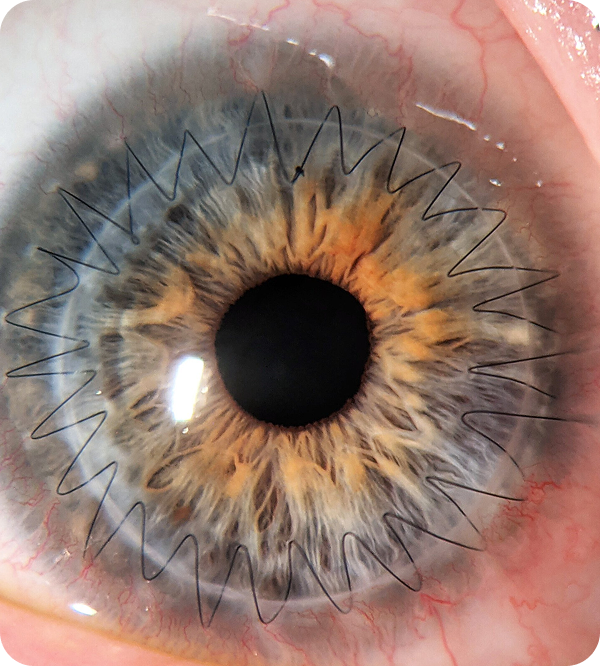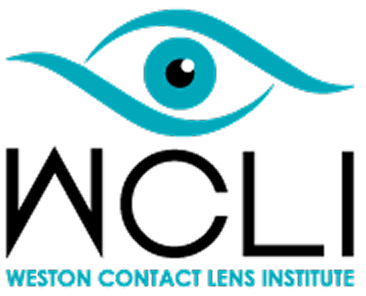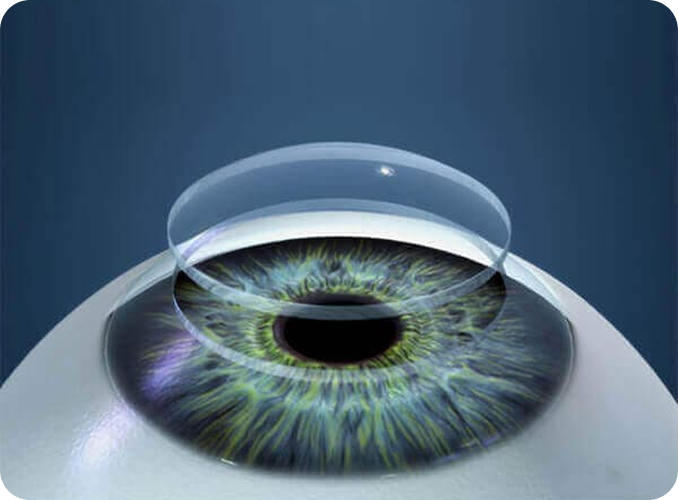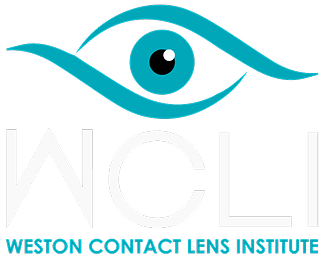
Corneal eye disease is the fourth most common cause of blindness (after cataracts, glaucoma and age-related macular degeneration) and affects more than 10 million people worldwide. The vision should improve gradually a few weeks after a corneal transplant. However, it can take anywhere from a couple of months to a year to have stable vision in the eye with the new cornea. It’s almost impossible to exactly match the curve of the new corneal tissue to the natural cornea. In all likelihood, there will be a certain degree of myopia and astigmatism. In fact, post-surgery refraction is unpredictable and large amounts of astigmatism will be challenging to correct with soft lenses or eyeglasses. This is due to the suturing and healing process that every transplanted cornea needs to go through with the natural eye. Mild amounts of myopia and astigmatism after a corneal transplant can be corrected with glasses but many times, the vision is unacceptable and rigid gas permeable contact lenses or hybrid lenses are necessary. In our Weston specialty practice, most of these patients are wearing scleral lenses.



